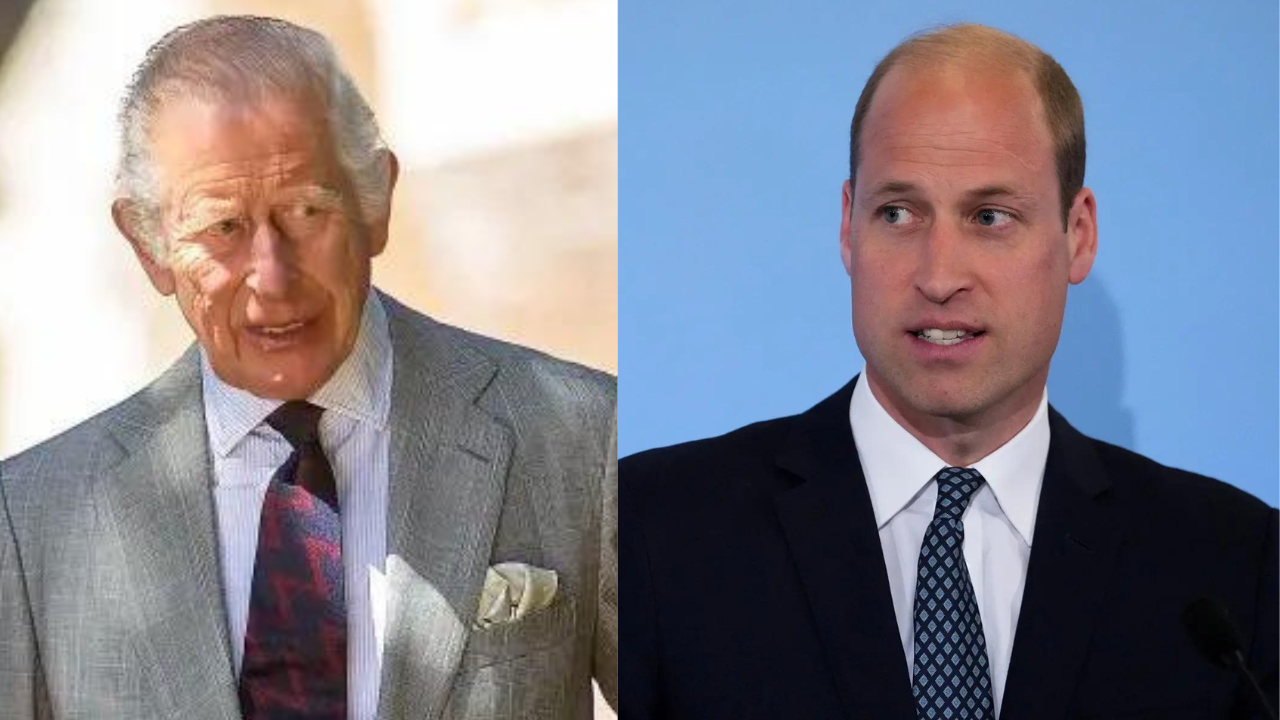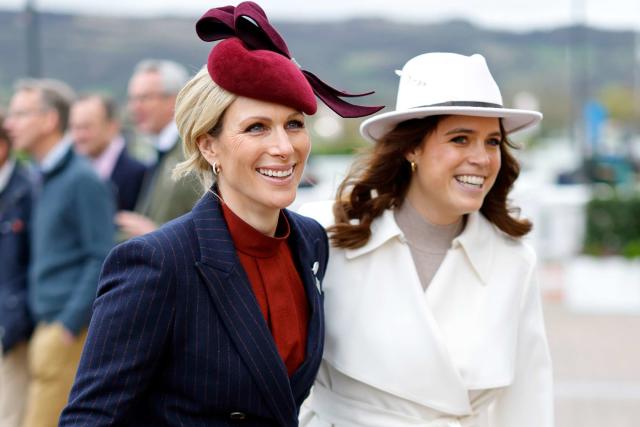In a recent development that has sent ripples through the British royal family, King Charles III’s important statement to his son, Prince William, has become a focal point of intense discussion and speculation.
The announcement marks a significant turning point for the monarchy, reflecting a combination of personal and public challenges faced by the royal family.
According to insiders, King Charles’ decision was heavily influenced by his own health concerns and the ongoing battle with cancer faced by Princess Katherine.
This personal context has shaped his approach to the future of the monarchy, signaling a shift in the dynamic between the king and his eldest son.

Despite historical tensions, King Charles appears to be drawing closer to Prince William, viewing him as an essential ally in both family matters and in carrying out the duties of the nation and state. This evolving relationship has led to a pivotal moment: for the first time, Prince William will step in for King Charles during an official state visit. This decision underscores the king’s trust in his eldest son and serves as preparation for when William will eventually ascend to the throne.
Reports suggest that Prince William has been contemplating significant changes to the monarchy’s future. His recent statements, delivered with both clarity and determination, highlight the challenges and responsibilities he will face as future king. Under King Charles’ vision, the royal family has already seen a reduction in its working members, and it seems likely that this trend will continue under William’s reign.
Currently, William is the only active working royal of his generation, a situation that reflects the monarchy’s streamlined approach. The Palace balcony, once bustling with royal appearances, now prominently features the King and Prince William, with fewer appearances from other family members. This trend may continue as William prepares for his future role, with plans to maintain a leaner royal presence.

Despite this, Prince William has shown a commitment to including his extended family in royal activities. Recently, he personally invited younger members, including Princess Beatrice, Eugenie, Zara Tindall, and Mike Tindall, to support him at an event. This gesture highlights the warmth and close relationships within the family, reminiscent of their shared history of family gatherings and traditions.
However, there are concerns at Buckingham Palace that expanding roles for these non-working royals could inadvertently play into the hands of Prince Harry and Meghan Markle. Unlike senior working royals, Harry and Meghan do not receive public funding or security, and any shift in the current structure might affect the public’s perception of the monarchy.
Interestingly, there has been a recent increase in public appearances by Princess Beatrice, who conducted her first live TV interview on May 7th. The interview, broadcast from the Empire State Building, highlighted her work with the Outward Bound charity—a cause supported by her grandfather, the late Duke of Edinburgh. The approval of this interview suggests that Buckingham Palace is open to more public roles for Beatrice and other young royals, recognizing their charm and sense of duty.
As the royal family navigates these changes, the evolving dynamics between King Charles, Prince William, and the broader family will undoubtedly shape the future of the monarchy. With each step, the royal household continues to balance tradition with modern expectations, all while maintaining its role as a symbol of continuity and service.
